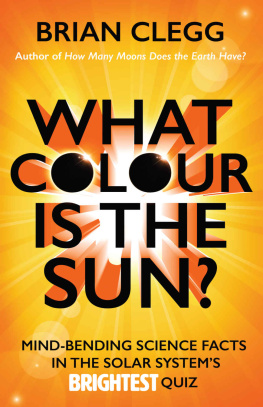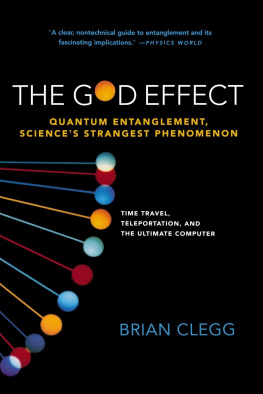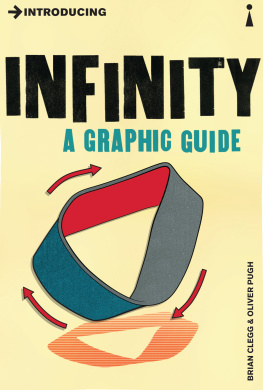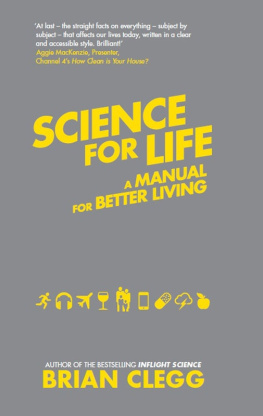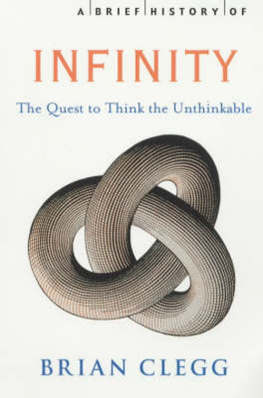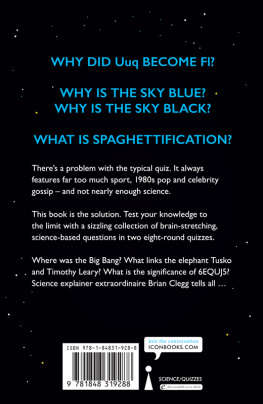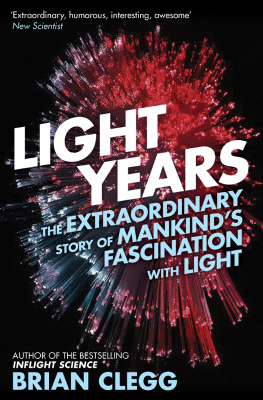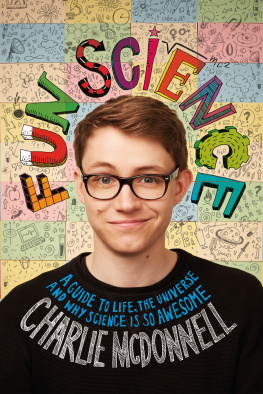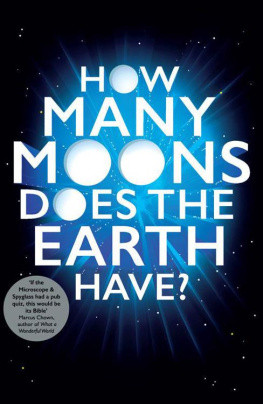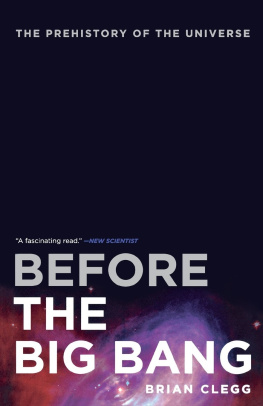WHAT COLOUR IS THE SUN?
Also by Brian Clegg
Dice World
How Many Moons Does the Earth Have?
Inflight Science
Introducing Infinity: A Graphic Guide
Light Years
Science for Life
The Quantum Age
The Universe Inside You
WHAT COLOUR IS THE SUN?
MIND-BENDING SCIENCE FACTS IN THE SOLAR SYSTEMS BRIGHTEST QUIZ
BRIAN CLEGG

Published in the UK in 2016 by
Icon Books Ltd, Omnibus Business Centre,
3941 North Road, London N7 9DP
email:
www.iconbooks.com
Sold in the UK, Europe and Asia
by Faber & Faber Ltd, Bloomsbury House,
7477 Great Russell Street,
London WC1B 3DA or their agents
Distributed in the UK, Europe and Asia
by Grantham Book Services,
Trent Road, Grantham NG31 7XQ
Distributed in the USA
by Publishers Group West,
1700 Fourth Street, Berkeley, CA 94710
Distributed in Australia and New Zealand
by Allen & Unwin Pty Ltd,
PO Box 8500, 83 Alexander Street,
Crows Nest, NSW 2065
Distributed in South Africa by
Jonathan Ball, Office B4, The District,
41 Sir Lowry Road, Woodstock 7925
Distributed in India by Penguin Books India,
7th Floor, Infinity Tower C, DLF Cyber City,
Gurgaon 122002, Haryana
Distributed in Canada by Publishers Group Canada,
76 Stafford Street, Unit 300
Toronto, Ontario M6J 2S1
ISBN: 978-178578-149-0 (US edition)
ISBN: 978-178578-122-3 (International edition)
Text copyright 2016 Brian Clegg
The author has asserted his moral rights.
No part of this book may be reproduced in any form, or by any means, without prior permission in writing from the publisher.
Typeset in PMN Caecilia by Marie Doherty
Printed and bound in the UK
by Clays Ltd, St Ives plc
For Gillian, Rebecca and Chelsea
ABOUT THE AUTHOR
Science writer Brian Clegg studied physics at Cambridge University and specialises in making the strangest aspects of the universe from infinity to time travel and quantum theory accessible to the general reader. He is editor of www.popularscience.co.uk and a Fellow of the Royal Society of Arts. His previous books include How Many Moons Does the Earth Have?, Ten Billion Tomorrows, Science for Life, Light Years, Inflight Science, Build Your Own Time Machine, The Universe inside You, Dice World, The Quantum Age and Introducing Infinity: A Graphic Guide.
www.brianclegg.net
ACKNOWLEDGEMENTS
With many thanks to my editor Duncan Heath, and everyone at the excellent Icon Books for their support. And with particular thanks to everyone who has said nice things about this books predecessor, How Many Moons Does the Earth Have?
CONTENTS
INTRODUCTION
What Colour Is the Sun? has a traditional quiz format. The book contains two quizzes, each with six rounds of eight questions, plus two themed special rounds each offering up to ten points.
The chances are, though, that you will just enjoy the quiz by testing yourself, so the book is designed to be read through solo. Each answer is accompanied by illuminating information, so there is more to it than just getting the answer right. Of course, if youre using the book as a pub quiz, you dont need to include these parts.
If you are going to use the book in a real quiz, just copy the questions from the two special rounds and print out enough so that each team can have their own question sheet. You might like to use one of these as a table round, which is left on the teams tables to answer between the other rounds.
A popular addition in quiz play is to allow each team to have a joker to use on a round of their choice (before they see the questions), which doubles their points in that round.
The little while youre thinking factoids after each question are primarily for your enjoyment, but depending on your audience, it might add to the fun to read them out when running a quiz.
Whichever way you use the book enjoy it!
QUIZ 1
ROUND 1: BIOLOGY
QUESTION 1
Wrinkly extremities
Why do hands and feet go wrinkly in the bath?
Answer overleaf
While youre thinking
The ideal bathwater temperature is generally agreed to be around 38C (100F) just over body temperature.

The skin on hands and feet reacts quite differently in a bath than does skin elsewhere on the body.

Skin is waterproof, yet surprisingly it wasnt until 2012 that it was discovered how the waterproofing worked. Its down to a layer of fat molecules called lipids with two water-repelling tails. Usually these molecules have the tails pointing in the same direction, but in the skin they point in opposite directions and are stacked together in a way that maximises waterproofing.
To give a better grip in the wet
Weve all seen how the skin on our hands and feet goes wrinkly in the bath, and its common to assume that this is because the skin takes in water but the hands and feet are just as waterproof as the rest of the body. Instead this is a nervous system reflex that scientists speculate is to give a better grip in wet conditions.
It has been known for 80 years that the wrinkling is not about taking on water. One key indicator is that it doesnt take place if there is nerve damage in the locations where the skin wrinkling takes place, indicating that it is an action of the central nervous system. But it was only in 2011 that it was suggested that this reflexive action has a use that it may have evolved because it proved valuable.
This was because wrinkly fingers and toes do have a practical benefit. They act like the indentations in a car tyre. Tyres have the best grip in the dry if they are slick, without any tread. But in the wet, the contoured surface of a road tyre provides channels for water to be taken away from the interface between the tyre and the tarmac, improving grip. Similarly, the wrinkles in our hands and feet work effectively to carry away water that would otherwise reduce our grip in the wet.
This hypothesis was tested by getting participants to pick up objects like marbles in both dry and wet conditions. When the hands were wet and had gained their wrinkling, they were better at picking up wet marbles than dry, wrinkle-free hands, but there was no difference when picking up dry marbles. The wrinkles, it seems, are human tyre treads for hand grip and to make it less likely we will fall over on wet surfaces.
Further reading: Nature Wrinkly
QUESTION 2
Asparagus pee
Some people dont find their urine smelly after eating asparagus. Is this because they dont produce the relevant chemical, or because they cant smell it?
Answer overleaf
While youre thinking
We smell something when chemical molecules lock into olfactory receptors cells at the back of the nose that have special proteins on their tips to accommodate specific molecular forms.

A human has around 450 olfactory receptors, about half the number that a dog has in its nose.


